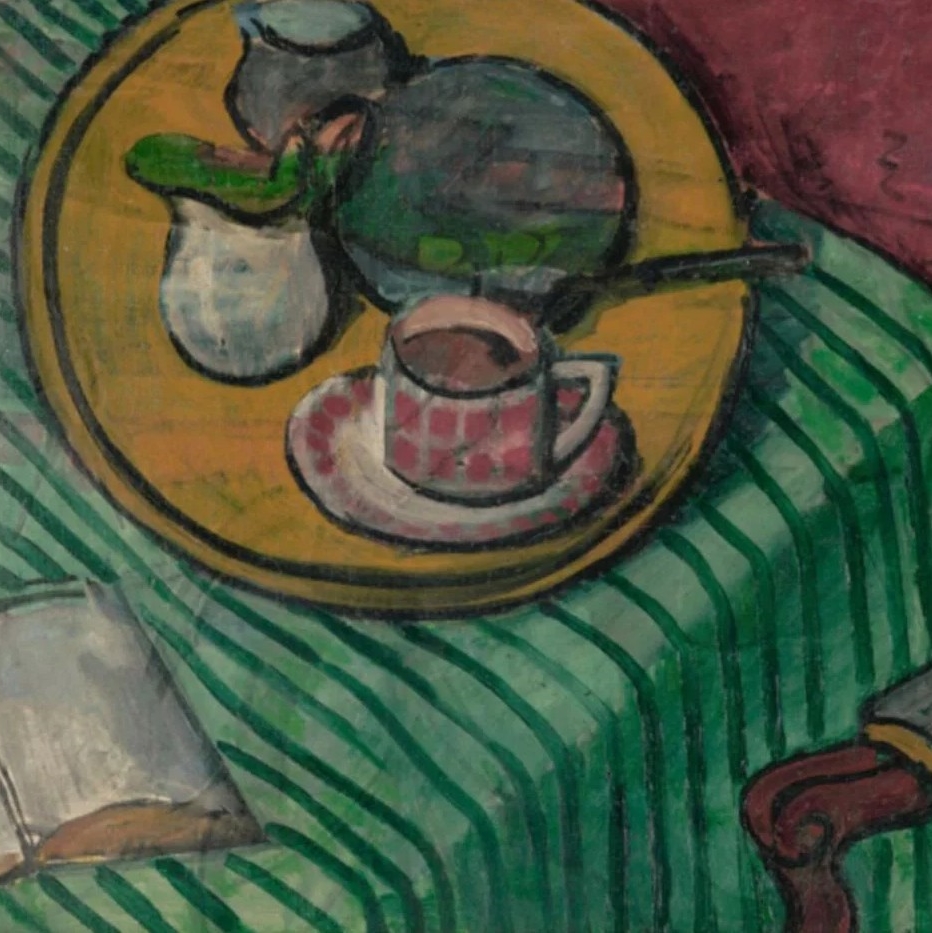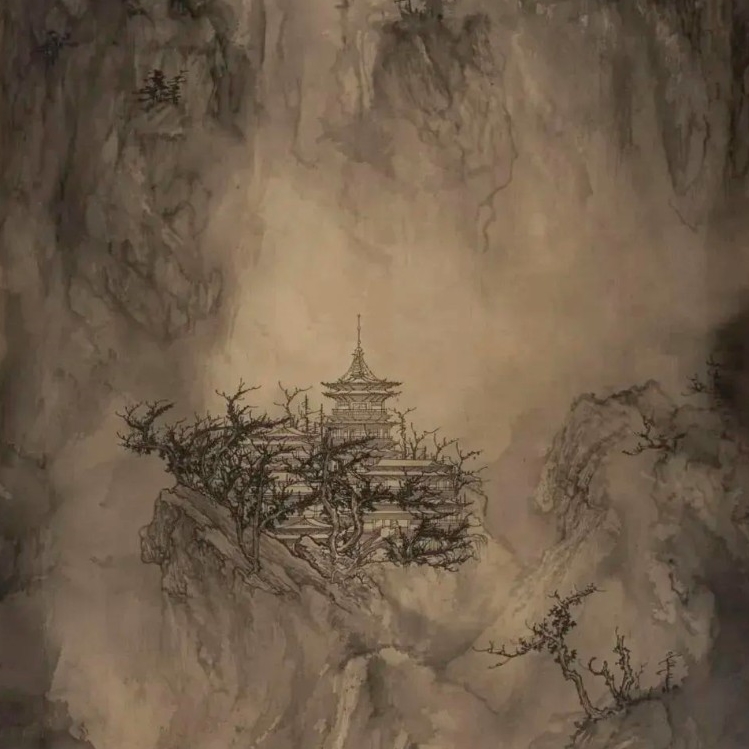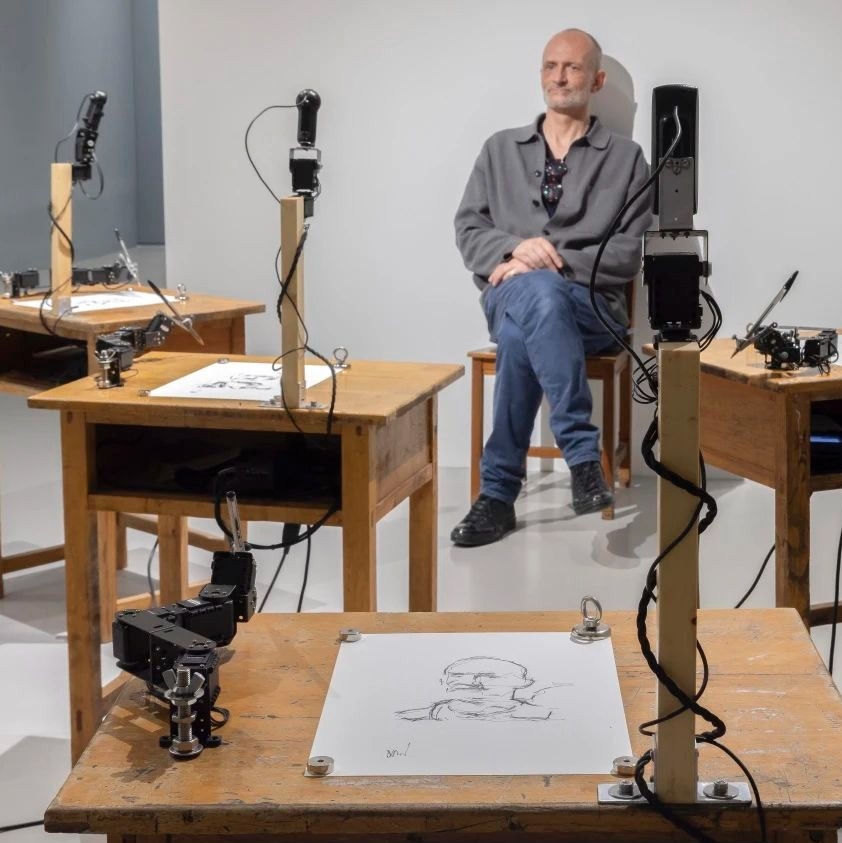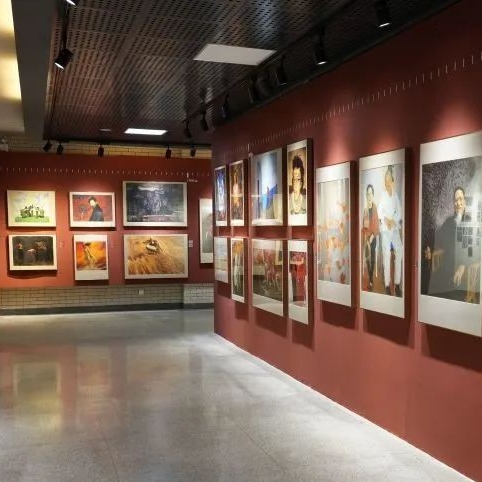
On November 24, “Forget It Not: Exhibition of Works by Hua Tianyou in Commemoration of His 120th Birthday” was unveiled at CAFA Art Museum. Being one of the achievements of “Hundred Years of Glory: Renowned Artists of the Central Academy of Fine Arts”, this exhibition intends to commemorate the 120th birth anniversary of Hua Tianyou who was a professor and former Director of the Department of Sculpture at the Central Academy of Fine Arts while tracing the trajectory of his artistic life and showcasing his outstanding contributions to the creation and education of modern Chinese sculpture.
Sheng Yang, Liu Huanzhang, Cao Chunsheng, Sun Jiabo, Tian Shixin, Guo Baozhai, Zhao Ruiying, Wang Shaojun, Sui Jianguo and other senior professors of the Department of Sculpture at the Central Academy of Fine Arts paid a special visit to the opening ceremony. It was presided over by Gao Hong, Party Secretary of the Central Academy of Fine Arts and members of CAFA leadership team including President Fan Di’an, Deputy Party Secretary Wang Xiaolin, and Deputy President Lyu Pinjing, Lei Yujing, Chairman of Beijing Rongfeng Investment Co., Ltd., and heads of relevant departments of CAFA, teachers and students of the Department of Sculpture also attended the opening ceremony together with the relatives of Prof. Hua Tianyou.
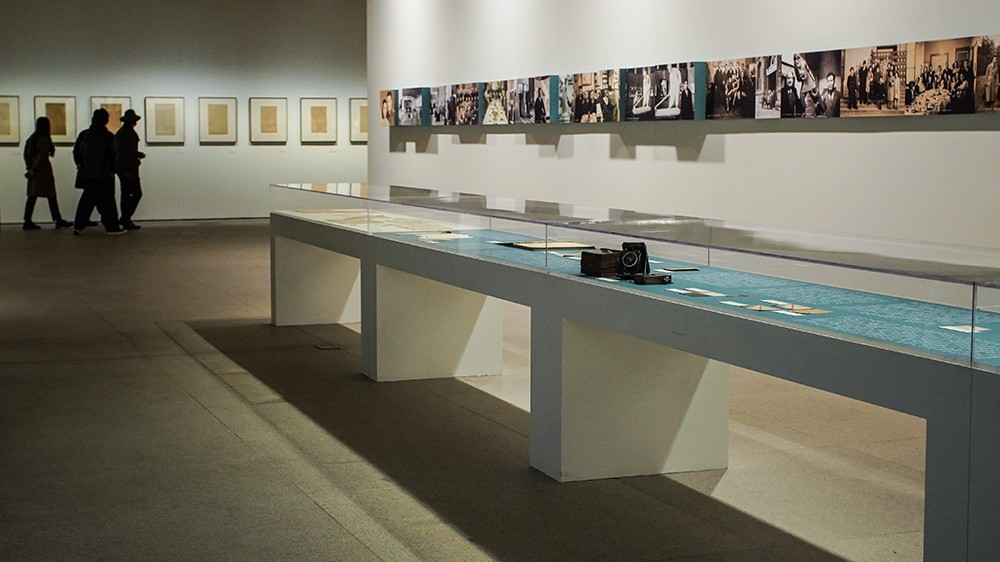
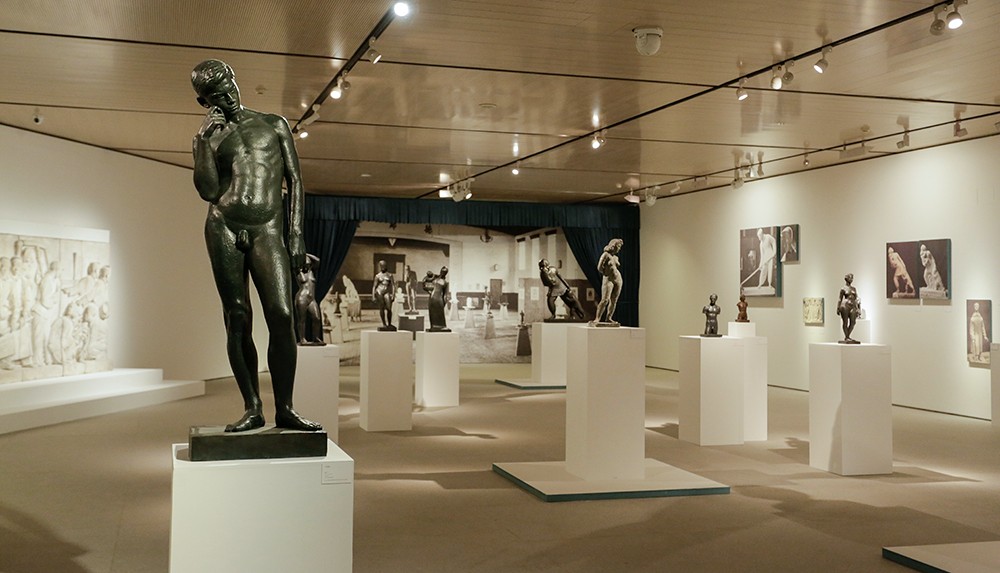
Exhibition View
Hua Tianyou was born in Huaiyin, Jiangsu in May 1901. He studied woodworking with his father from a young age. In 1919, he was admitted to the Sixth Normal School of Jiangsu Province and later served as an art teacher in a primary school. In 1930, he met Xu Beihong and won the recognition of Xu. With Xu’s introduction, he served as an assistant to the sculptor Jiang Xiaojian, and later he presided over the restoration of the sculpture of the Tang Dynasty at Baosheng Temple in Luzhi, Jiangsu province. In 1933, he went to France to study with the help of Xu Beihong. In 1948, he returned to China and worked as a professor in the Department of Sculpture at the National Art School in Beiping. This exhibition starts with a text by Hua Tianyou as the introduction, while combining it with his photos, documents, correspondence, etc. from Huaiyin, Luzhi to Paris, Peking, etc., and it tells an unforgettable story of Hua Tianyou in a vivid way.
 Hua Tianyou (first from the right) created “Contemplation” (sitting posture) in 1936
Hua Tianyou (first from the right) created “Contemplation” (sitting posture) in 1936

“Body”, Plaster, 100×40×40cm, 1940, Provided by the family of Hua Tianyou

“Contemplation”, Cast bronze, 170×57×42cm, 1943, Collection of CAFA Art Museum
The exhibition displays a series of masterpieces created by Hua Tianyou during his stay in France. After arriving in Paris in 1933, through arduous study, he achieved full marks in sculpture and first rank in drawing in the entrance examination in 1934, thus he obtained the formal student qualification of École nationale supérieure des beaux-arts, which caused a sensation. During his studies, he was awarded twice and he actively participated in the artist salons in Paris and he received various awards. In 1936, his “Contemplation”, a seated portrait won the bronze medal in the Paris Spring Salon and it became part of the collection of L’Institut franco-chinois de Lyon; in 1940, the relief group portrait “Grapes” won the silver medal in the French Artist Salon Exhibition; in 1941, “Out of the Bath” won the Silver Award at the Spring Salon Exhibition (when he returned to China, only the body part was shipped back to China, and this fragment is exhibited in this exhibition). At the Spring Salon in 1943, the statue of “Contemplation” by Hua Tianyou won the gold medal and received the highest number of votes. This work had a 17-year-old boy as a model. The adolescent’s strong muscles and soft skin have been reproduced in detail in the sculpture, including the arteries that protrude from the arm due to prolonged drooping. The statue of “Contemplation” enabled Hua Tianyou to receive the exemption qualification for the salon exhibition. This series of work and a series of drafts exhibited in France fully demonstrate his mastery of the Western classical realistic techniques in an extremely difficult learning environment.
 “Fleeing from Calamity” (relief composition draft), Plaster, 42×50×10cm, 1939, Provided by the family of Hua Tianyou
“Fleeing from Calamity” (relief composition draft), Plaster, 42×50×10cm, 1939, Provided by the family of Hua Tianyou

“Maternal Love”, Cast bronze, 90×40×21cm, 1947, Collection of CAFA Art Museum Exhibition View
Exhibition View
In addition to the typical Western classical realistic style, another important series of creations by Hua Tianyou in France was based on the war and sufferings confronted by his motherland and the whole world. As early as 1937, Hua Tianyou completed drafts of works such as “Bombing” and “After the Bombing”, but as the Nazis occupied France, he could only temporarily hide them. After the end of World War II, these reappeared and aroused enthusiastic responses. With the background that abstract styles were increasingly occupying an important position in Western art, Hua Tianyou refined the sculpture into a brief and dynamic triangle; on details such as the face and clothing lines, Hua Tianyou integrated his experience in the sculptural elements of traditional statues since the Tang Dynasty, simplified the lines as much as possible while maintaining their mellow appearance and sense of strength. “Bombing” was added to the collection of the French Ministry of Education and displayed in Musée d'Art Moderne de la paris. It has become another masterpiece of Hua Tianyou. This exhibition also displays a bronze statue collected by the CAFA Art Museum, which is on display with a picture of exhibition view after Hua Tianyou returned to China and exhibited at the National Art School in Beiping, which reproduces the specific moments of the artist and his work. “Bombing”, “Maternal Love” and other realistic themes that prominently demonstrated the epochal spirit reproduced by Hua Tianyou as a Chinese artist of this generation. When China was in danger and the nation was in peril, he used his work to directly accuse people of the crimes of war and aggression. He spoke of the suffering of people on the other side of the continent. It is not only an artistic expression of the Chinese people’s resistance to war, but it is also a model for the anti-fascist art of the entire world.

In January 1948, Hua Tianyou was on the ship returning China.

In 1956 Hua Tianyou created “The May 4th Movement”.
“Workers and Peasants Work Hard to Build a New China”, Stone, 180×414 cm, 1950-1951, Provided by the family of Hua Tianyou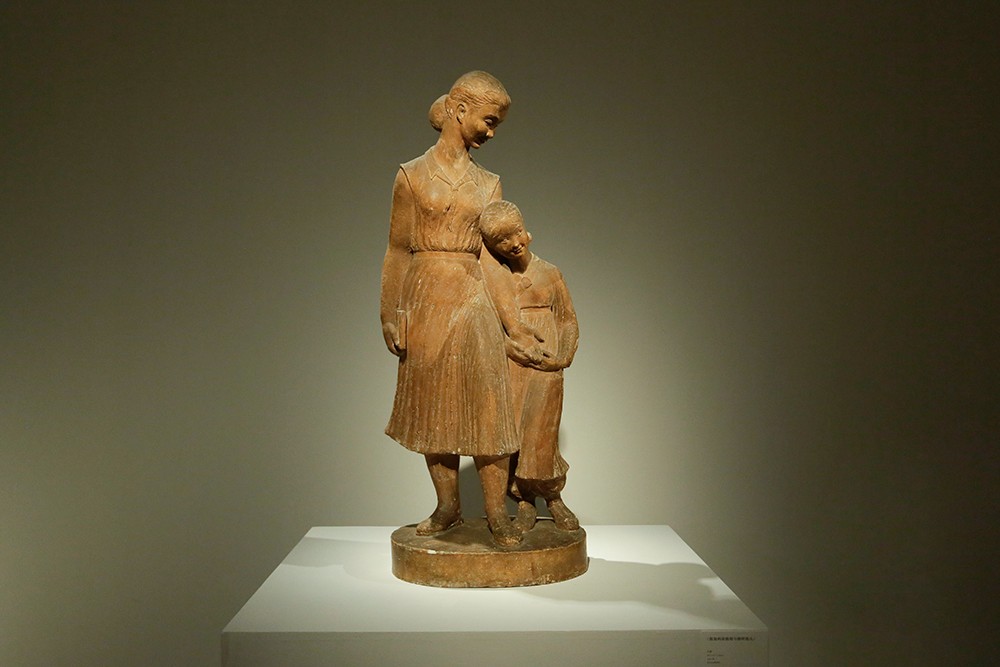
“Bulgarian Female Teacher and North Korean Orphan”, Plaster, 110×45×40 cm, 1957, Provided by the family of Hua Tianyou
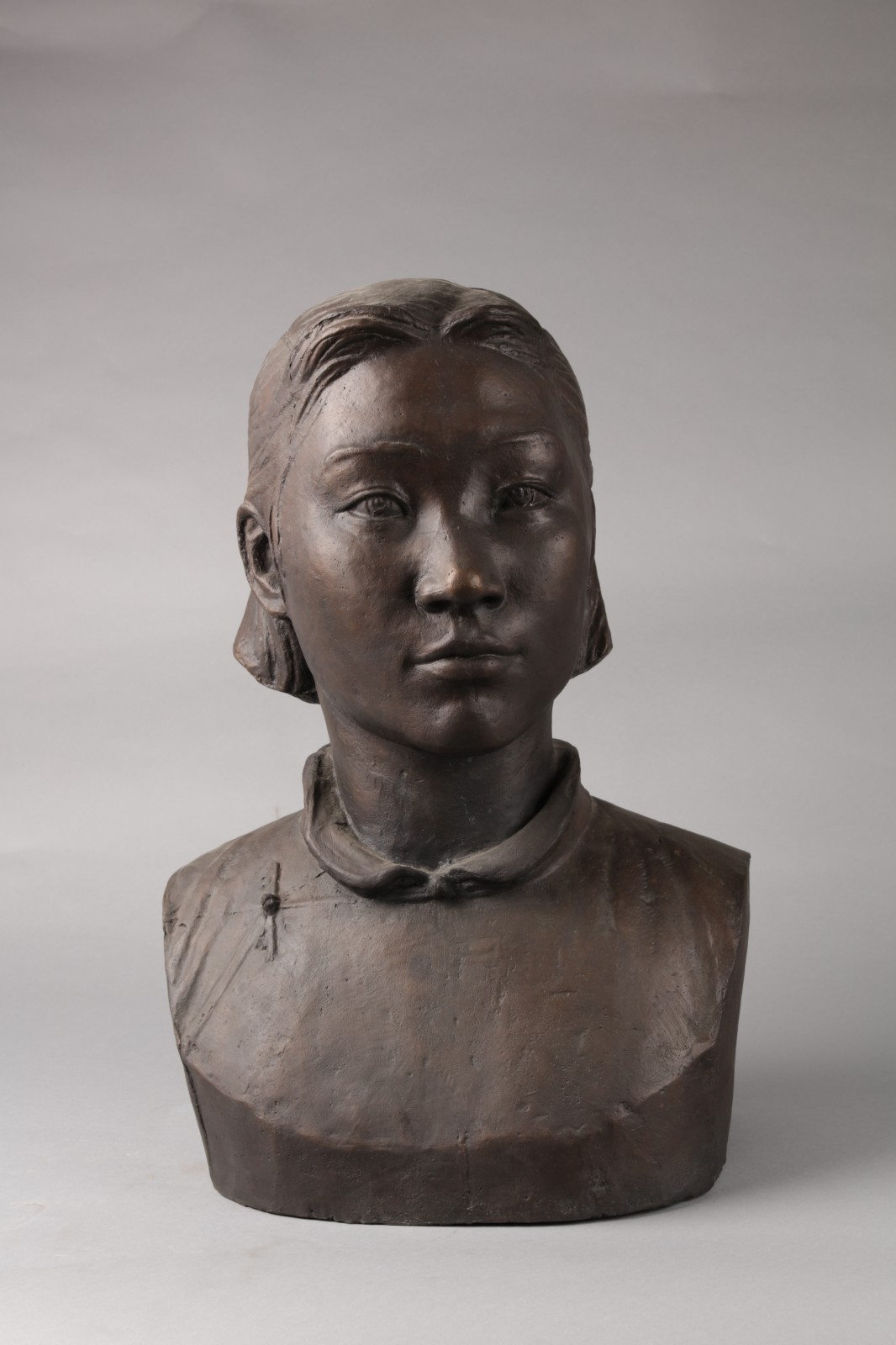
“Female Production Team Leader”, Cast bronze, 50×33.5×26cm, 1961, Collection of CAFA Art Museum
After returning to his homeland, Hua Tianyou’s art developed simultaneously with the construction of People’s Republic of China. The exhibition displays large-scale relief sculptures such as “Workers and Peasants Work Hard to Build a New China” and “The May 4th Movement”, supplemented by corresponding technical exercises, to present Hua Tianyou’s sculpture creation and thoughts that are deeply realistic, which also care for people and the epoch.

Hua Tianyou (first from left) inspected ancient sculptures.
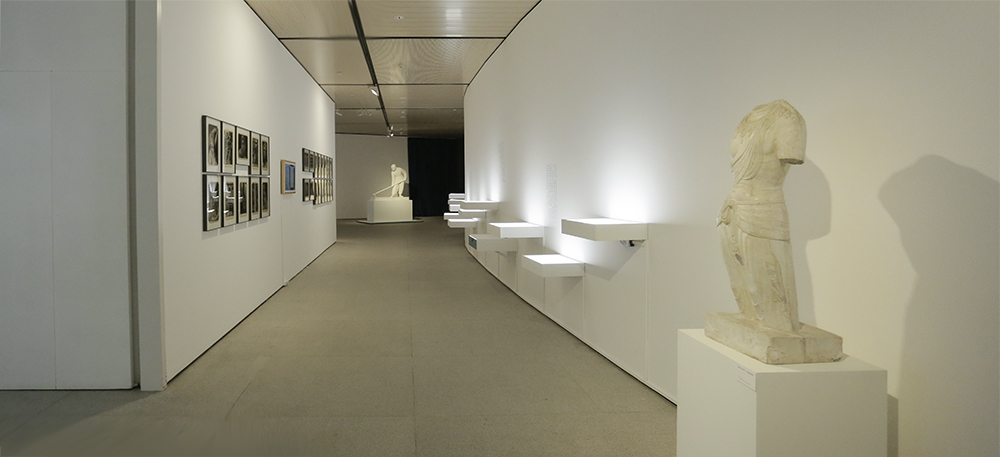
Exhibition View
In addition to solid realism skills, a unique language from tradition can also be found in his sculptures. The exhibition displays the photographs of ancient sculptures, hand-painted route maps, and manuscripts of research and investigations written by Hua Tianyou during his visits to traditional sculptures in North, Northwest, and Southwest China, showing his profound knowledge of traditional Chinese sculpture styles and techniques. He especially emphasized the “vitality” in the traditional “Six Methods” and the pursuit of “passage” in the organizational structure of sculptures; at the same time, he emphasized the scientific analysis of structure and form in traditional Western training. As Fan Di’an wrote in the preface, after returning to China, Hua Tianyou’s consistent exploration in themed creation and sculpture teaching has resulted in fruitful results in the artistic pursuit of “transforming western styles with Chinese ways.”
 Hua Tianyou taught in the Department of Sculpture at the Central Academy of Fine Arts.
Hua Tianyou taught in the Department of Sculpture at the Central Academy of Fine Arts.


Exhibition View
Hua Tianyou’s artistic achievements have also become the main feature of the sculpture creation and teaching tradition of the Central Academy of Fine Arts. From 1952 to 1966, Hua Tianyou has served as the Director of the Department of Sculpture at the Central Academy of Fine Arts. In an independent exhibition space, there are a series of photos taken on Hua Tianyou as a model, and a series of individual works in the process of completion. At the opening ceremony, Sheng Yang, former Party Secretary and senior Professor of the Central Academy of Fine Arts, and Zhang Wei, Director of the Department of Sculpture at the Central Academy of Fine Arts, recalled the influence of Prof. Hua Tianyou from the perspective of two generations of students. His teaching ideas have become part of the inheritance of the Department of Sculpture at the Central Academy of Fine Arts. In addition, the exhibition displays the foreign books collected by Hua Tianyou, these are supplemented by a video, outlining Hua Tianyou’s tendency in artistic worldviews and showing his fascination and thinking when confronted by the sculptural art in the world.
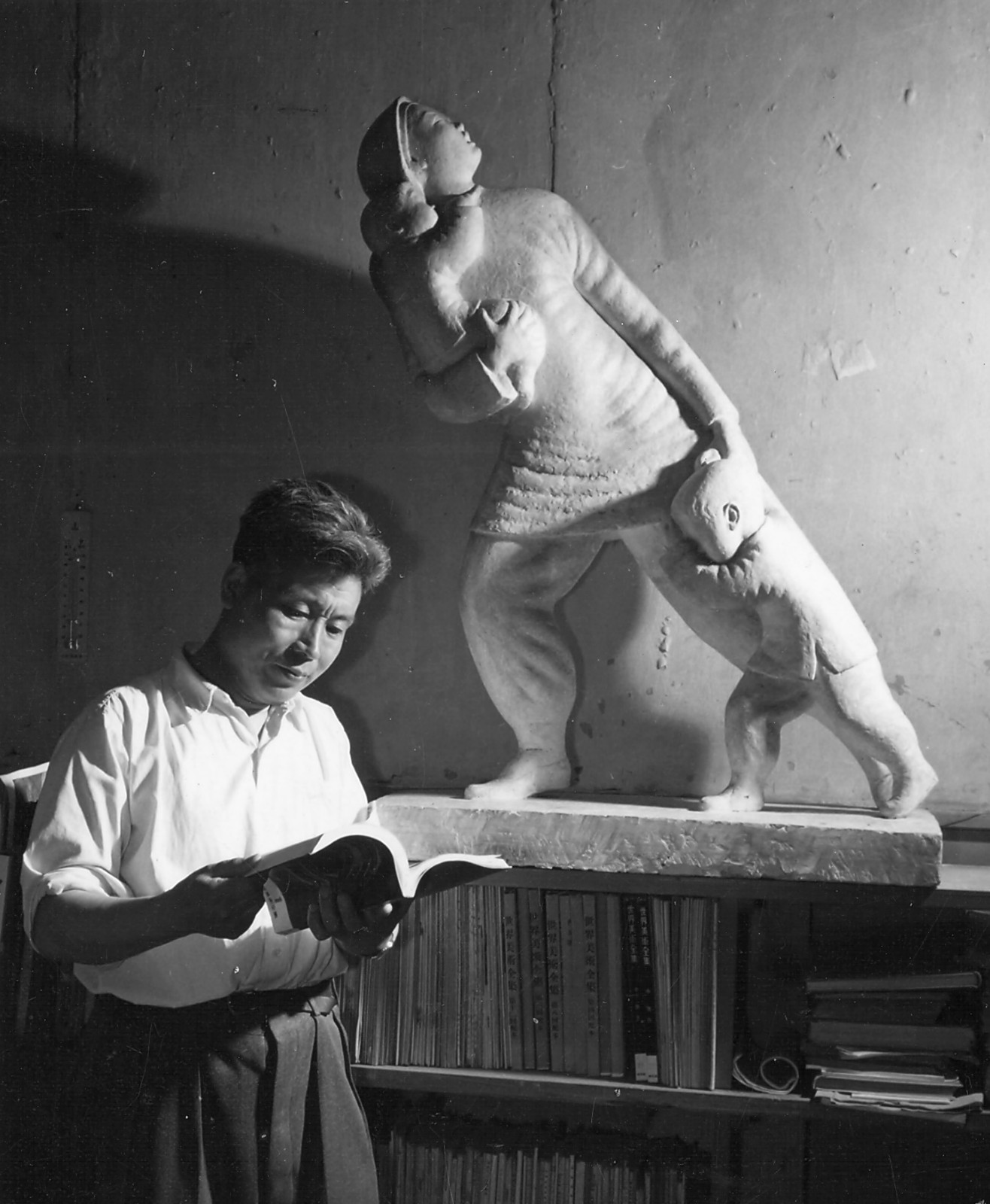 In 1960, Hua Tianyou read in front of the bookshelf where the statue of “Bombing” was placed.
In 1960, Hua Tianyou read in front of the bookshelf where the statue of “Bombing” was placed.
“Forget It Not” originated from a headline written in his diary by Hua Tianyou. Prof. Cao Qinghui believed that the title on the one hand corresponded to and explained the significance in commemorating and studying the art of Hua Tianyou; on the other hand, it also reminded us to pay attention to and think about the “impressive part” of Hua Tianyou. At the end of the exhibition hall, a short video presents the situation, in a lyrical way, that Hua Tianyou returned to the Baosheng Temple in his later years where he embarked on his journey of sculpture. Responding to the preface, this interprets the theme of an artistic life for a generation of art masters who have undergone rich seasons of life.
Text edited by Luo Yifei, trans. by CAFA ART INFO
Photo by Li Di/CAFA ART INFO
Image Courtesy of CAFA Art Museum

Exhibition View of the Opening Ceremony

Gao Hong, Secretary of the Party Committee of the Central Academy of Fine Arts, presided over the opening ceremony

Fan Di’an, President of the Central Academy of Fine Arts and Chairman of the China Artists Association, delivered a speech.

Sheng Yang, a student representative and former Party Secretary of the Central Academy of Fine Arts, delivered a speech.

Zhang Wei, Director of Department of Sculpture at the Central Academy of Fine Arts, gave a speech.

Hua Xia, the eldest daughter of Hua Tianyou gave a speech.
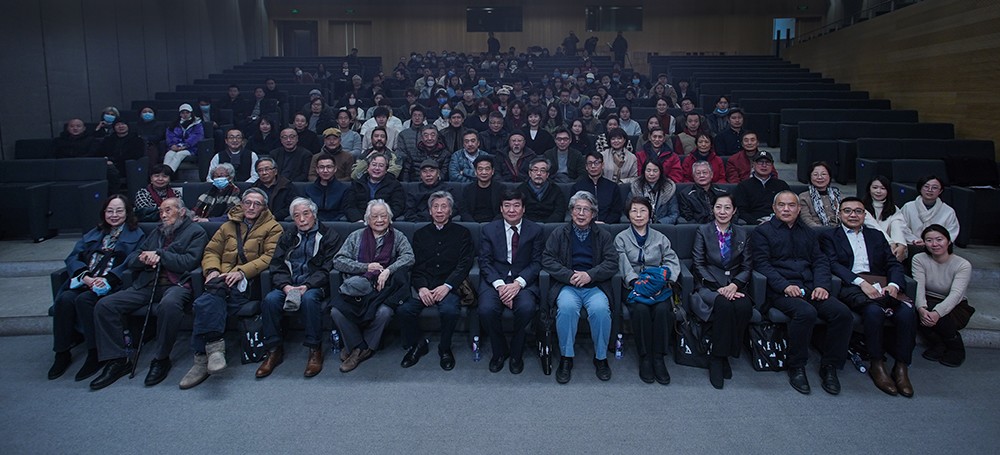
Group photo of Honored Guests at the Opening Ceremony
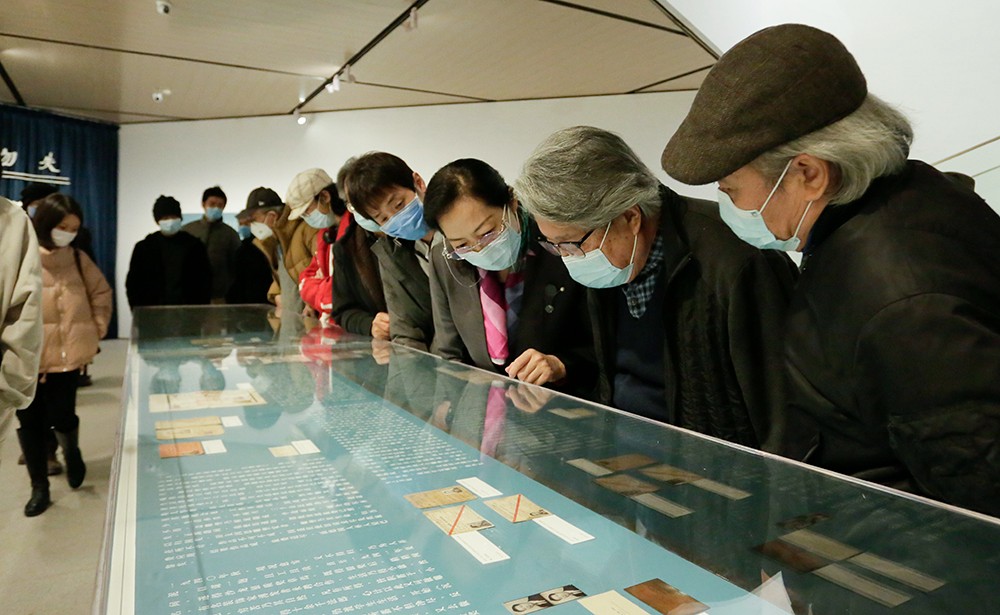
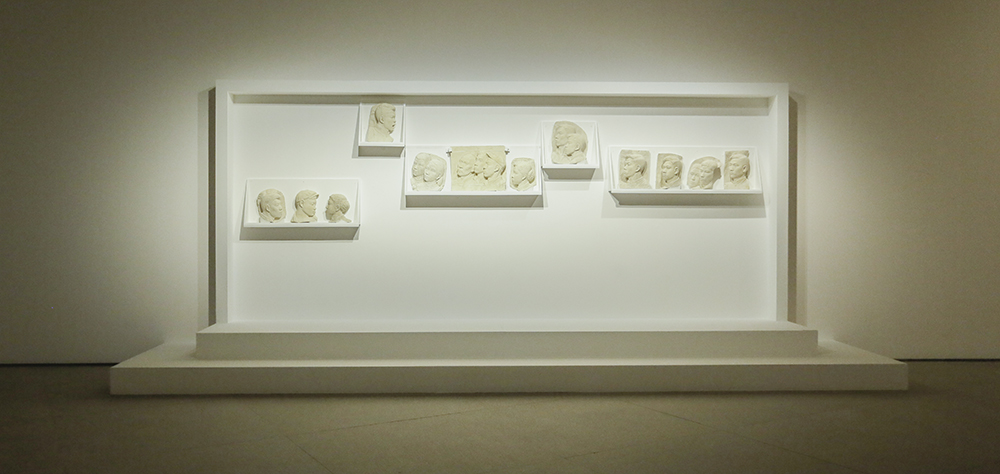

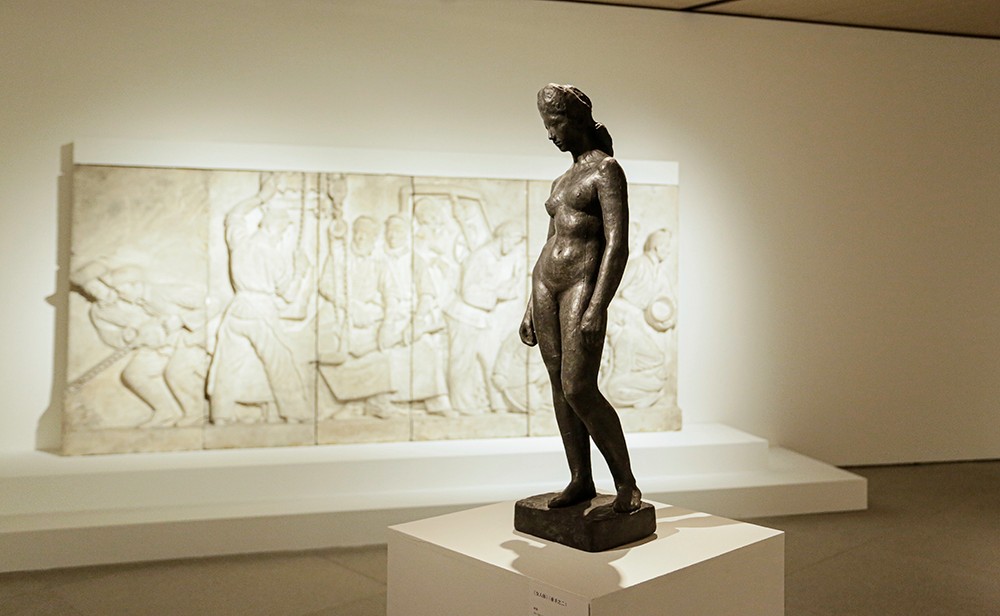
Exhibition View
About the exhibition

Dates: November 24-December 26, 2021
Location: Gallery B, CAFA Art Museum
Organizer: CAFA
Chief Planners: Gao Hong, Fan Di’an
Academic Director: Su Xinping
Project Planner: Qin Jianping
Curator: Cao Qinghui
Exhibition Directors: Zhang Wei, Zhang Zikang, Han Wenchao
Exhibition Executives: Wang Chunchen, Gao Gao
Special Support: Hua Xia, Hua Yu


